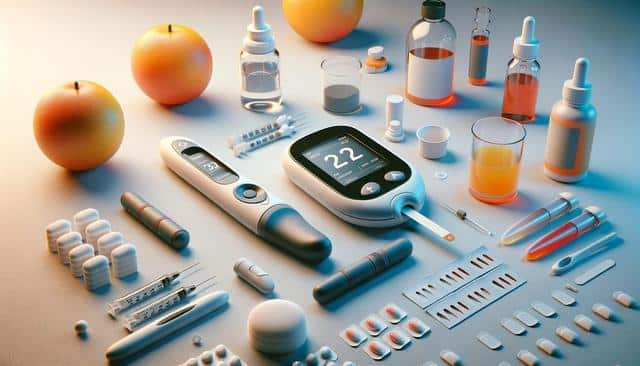
Affordable Glucose Monitoring Made Easier with Government Support
Understanding the Importance of Glucose Monitoring
Glucose monitoring is a fundamental aspect of diabetes management. For individuals living with diabetes, keeping track of blood sugar levels helps prevent complications and supports better decision-making around diet, medication, and physical activity. A consistent and accurate glucose monitoring system enables users to detect patterns, respond to fluctuations, and communicate more effectively with healthcare providers. With the development of modern glucose monitoring devices, it’s now easier than ever to track glucose levels with precision and minimal discomfort.
For many, however, the cost of these devices can be a barrier. This is where government-supported initiatives become essential. These programs aim to make glucose monitoring devices more accessible, especially for populations who might otherwise be unable to afford them. Whether you’re newly diagnosed or have been managing diabetes for years, understanding the value of regular monitoring and how to access support can significantly improve your quality of life.
Government-Supported Glucose Monitoring Programs
Governments at various levels have recognized the burden that diabetes poses on individuals and healthcare systems. As a result, many have launched glucose monitoring programs designed to reduce costs and increase accessibility. These programs typically offer financial assistance or subsidized products to eligible individuals, including seniors and low-income families.
Key features of government-supported glucose monitoring programs may include:
- Discounted or free glucose monitoring devices for diabetics
- Coverage for test strips and sensors
- Access to education and training on proper device usage
- Integration with broader healthcare services for ongoing support
These programs help ensure that people receive the tools they need to manage their condition effectively, improving not just individual outcomes but also public health in general.
Modern Glucose Monitoring Devices and Their Benefits
Today’s glucose monitoring devices offer more than just basic readings. Many are equipped with digital features such as Bluetooth connectivity, mobile app integration, and continuous glucose monitoring capabilities. These advancements enhance the user experience by simplifying the tracking process and providing real-time data that can be shared with healthcare providers.
Some advantages of modern glucose monitoring systems include:
- Less frequent finger pricking
- Smartphone alerts for high or low blood sugar levels
- Data visualization to identify trends
- Compatibility with other health tracking tools
These features are particularly beneficial for seniors, who may face challenges with traditional methods. Glucose monitoring devices for seniors often include larger displays, easier navigation, and voice assistance to support independence and usability.
How to Access Support for Glucose Monitoring
If you’re interested in accessing government support for glucose monitoring, the first step is to check eligibility requirements. These can vary depending on location, insurance coverage, age, and income level. Often, a healthcare provider or diabetes educator can guide you through the application process and suggest the most appropriate glucose monitoring devices for your needs.
Steps to access support may include:
- Contacting your local health department or diabetes care program
- Speaking with your doctor about available glucose monitoring programs
- Applying through health insurance providers or public healthcare services
- Attending workshops or seminars on diabetes management
Being proactive about seeking assistance can help you make informed choices and reduce the financial burden of diabetes care. Many users find that the combination of modern technology and supportive programs makes it easier to stay consistent with their glucose monitoring routine.
Making Diabetes Management Easier for Everyone
Glucose monitoring devices for diabetics have come a long way in terms of accessibility, functionality, and affordability. Government-supported programs are playing a vital role in making sure these resources are available to those who need them most. Whether you’re a senior looking for user-friendly technology or a parent managing a child’s diagnosis, these programs can make a significant difference.
For individuals navigating the complexities of diabetes, staying informed and taking advantage of available resources can lead to better outcomes and reduced stress. The combination of modern glucose monitoring systems and financial support options empowers individuals to take control of their health in a sustainable way.
Ultimately, affordable and accessible glucose monitoring is not just a convenience—it’s a necessity for effective long-term diabetes care. With the right tools and support, managing diabetes becomes a more manageable part of everyday life.
Conclusion: Taking Charge with the Right Support
Access to modern glucose monitoring devices is essential for anyone managing diabetes, and thanks to government-supported programs, this access is becoming more widespread and affordable. These initiatives are especially impactful for seniors and those with limited resources, helping reduce barriers to consistent health monitoring.
By understanding the available options and seeking out support, individuals can take proactive steps toward better diabetes management. Glucose monitoring doesn’t have to be complicated or costly—supportive programs and reliable devices make it easier to stay informed and healthy every day.


